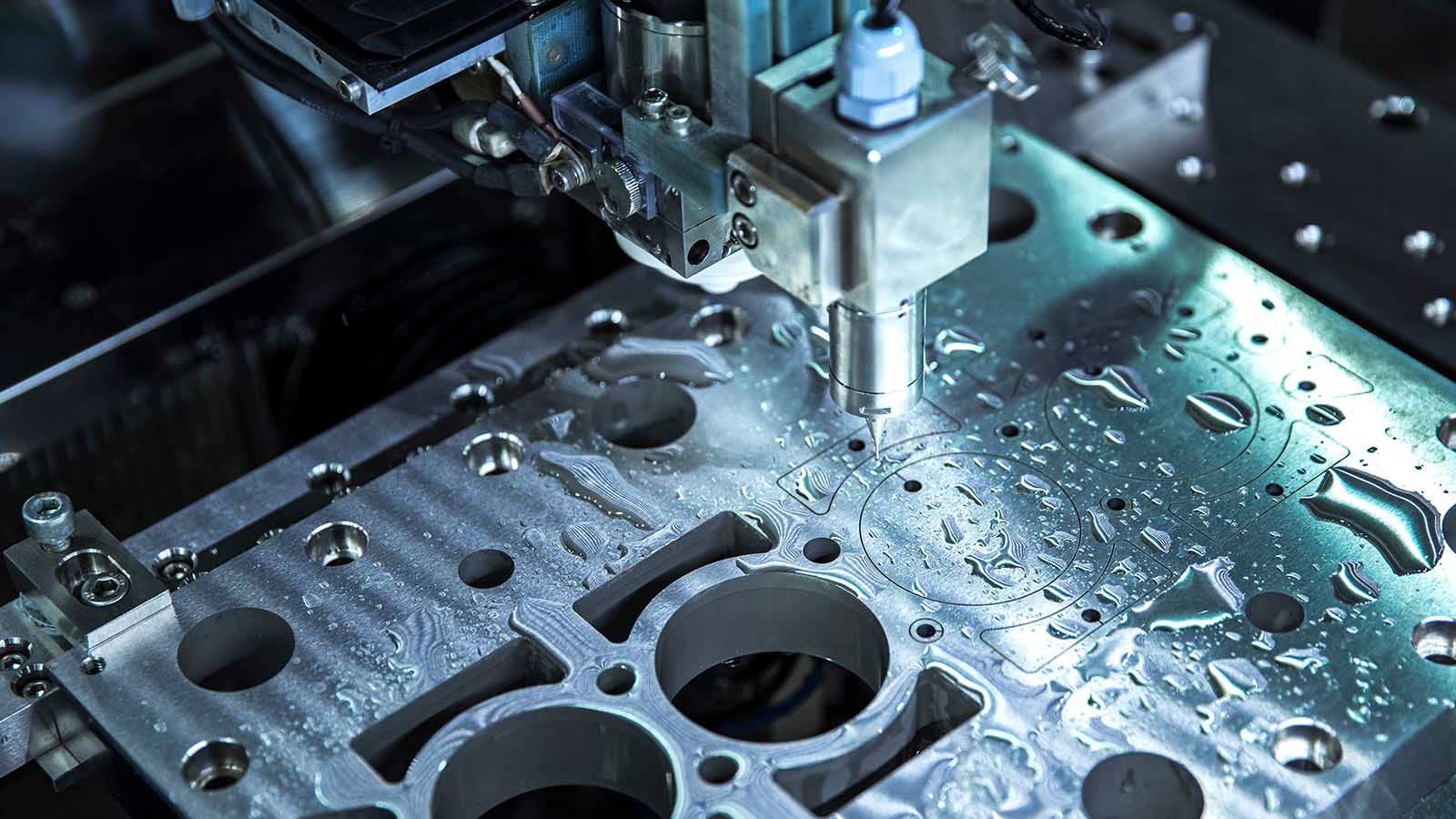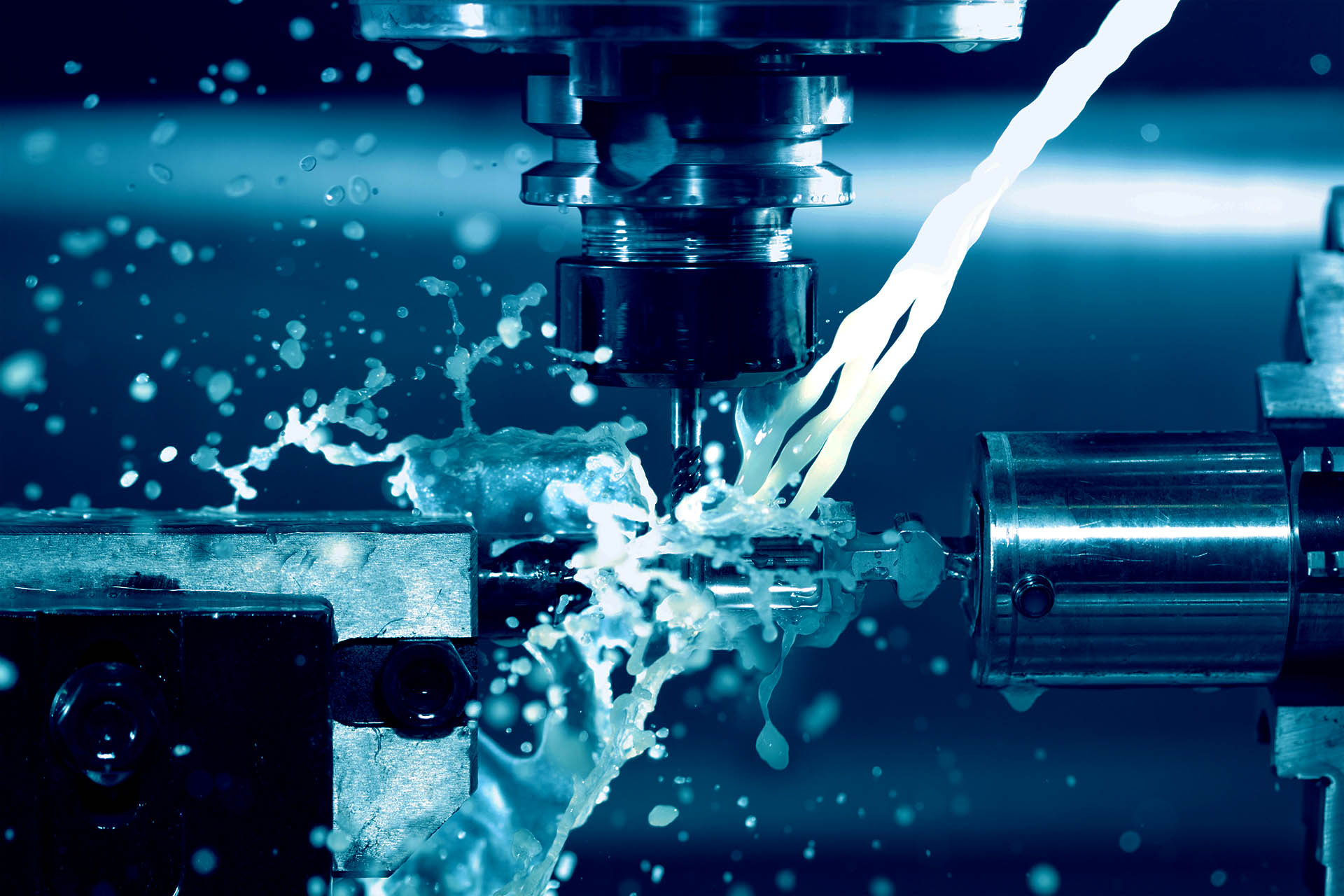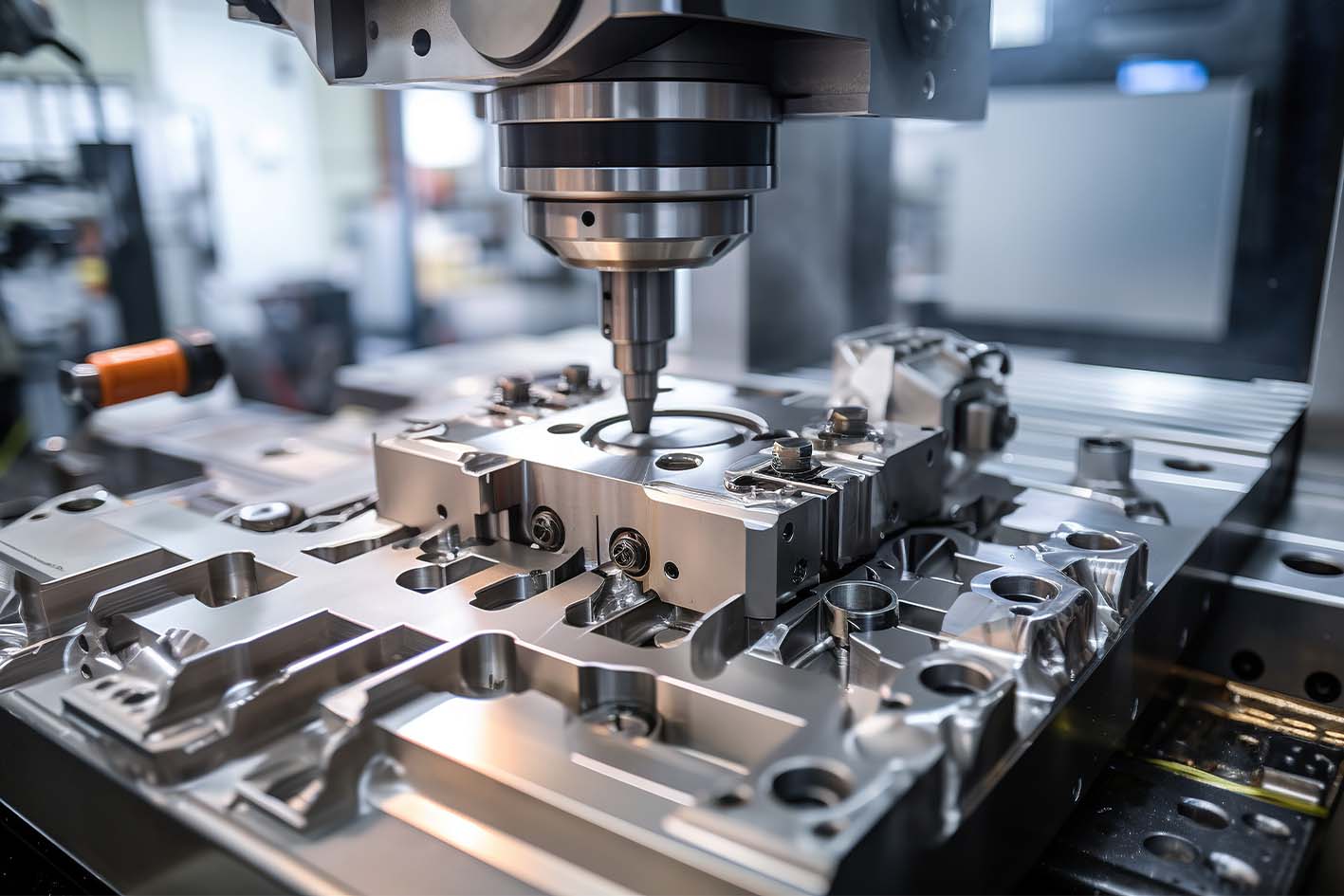Fasteners and Machining: Enhancing Toughness and Efficiency in Production
Fasteners and Machining: Enhancing Toughness and Efficiency in Production
Blog Article
Introducing the Ins And Outs of Fasteners and Machining Procedures for Ideal Efficiency
In the world of engineering and production, the choice of fasteners and the details of machining processes play a pivotal duty in identifying the ultimate efficiency and sturdiness of an item. From the relatively straightforward job of selecting the right sort of fastener to the facility precision machining strategies utilized, every action in this process needs precise focus to information. As we start this expedition right into the world of bolts and machining, we will reveal the subtle yet critical aspects that can substantially affect the effectiveness and quality of the end product, dropping light on the usually overlooked facets that can make all the difference in attaining optimal performance.

Significance of Proper Bolt Choice
Selecting the proper bolts is vital in making sure the structural integrity and long life of any type of mechanical assembly. Bolts play an essential role in holding parts together securely, with the appropriate option contributing dramatically to the general performance and integrity of the assembly. When picking fasteners, factors such as product compatibility, ecological conditions, load-bearing capability, and ease of installment should be carefully taken into consideration to ensure optimum performance.
Improper fastener selection can cause a variety of problems, including loosening, deterioration, and even structural failure. Making use of fasteners that are not matched to the specific needs of the assembly can jeopardize its capability and position safety and security risks. Designers and designers must thoroughly evaluate the application needs and choose bolts that fulfill or exceed the required criteria and requirements.
Moreover, the appropriate bolt selection process entails examining the joint design, prepared for lots, resonance levels, and potential thermal expansion or contraction to make sure that the selected bolts can hold up against the operating problems effectively. By prioritizing appropriate fastener selection, producers can improve the high quality, durability, and performance of their mechanical assemblies.
Kinds and Characteristics of Fasteners
A vital element of mechanical settings up hinges on comprehending the varied types and special attributes of fasteners used in numerous commercial applications. Fasteners are vital parts that hold frameworks together, making sure stability and functionality. There is a vast array of fasteners readily available, each designed for details objectives based upon the application demands. Common sorts of bolts include screws, bolts, nuts, washing machines, rivets, and pins.
Screws are threaded bolts that are commonly utilized to sign up with two or even more components together. Nuts are inside threaded fasteners that mate with bolts to hold elements together. Washers are thin plates that distribute the load of a bolt, stopping damages to the material being attached.
Understanding the attributes of each sort of bolt is crucial for choosing the ideal one for a certain application, making certain optimum efficiency and dependability of the mechanical assembly. Fasteners and Machining.
Precision Machining Techniques for Performance
The detailed layout demands of different fasteners demand using accuracy machining methods for optimal efficiency in making procedures. Precision machining is crucial in ensuring that bolts satisfy the exact requirements required for their intended application. Among the main techniques made use of in accuracy machining is Computer Numerical Control (CNC) machining, which makes it possible for high degrees of accuracy and repeatability in the manufacturing of see it here fasteners. CNC machines are qualified of carrying out complex cuts and forming procedures with minimal human treatment, resulting in increased effectiveness and consistency in the production process.
By making use of accuracy machining strategies, manufacturers can enhance the quality of fasteners, decrease material waste, and improve overall production effectiveness. The use of sophisticated machining processes assists guarantee that fasteners meet industry standards and customer assumptions for efficiency and integrity.

Factors Affecting Machining Refine Performance
Numerous variables play a considerable duty in identifying the efficiency of machining processes in the manufacturing of bolts. The initial vital aspect is the option of reducing tools. Choosing the ideal tools based on the product being machined, wanted finish, and cutting speeds can substantially impact the effectiveness and high quality of the machining procedure. Additionally, the reducing criteria such as reducing rate, feed rate, and depth of cut are necessary variables that affect efficiency. Fasteners and Machining. Optimizing these parameters based on the certain needs of the fastener being created is crucial to attaining economical and exact machining.
Equipment strength and security likewise play an important duty in establishing machining procedure efficiency. A steady device with minimal resonances can boost precision and avoid tool wear, resulting in far better total performance. Additionally, the skill and experience of the machine operator can not be underestimated. An experienced operator can make real-time adjustments, troubleshoot issues successfully, and make sure that the machining process runs efficiently, eventually affecting the last high quality of the fastener.

High Quality Control Steps in Manufacturing
Variables affecting machining process efficiency, such Home Page as reducing tool option and maker stability, directly influence the execution of quality assurance steps in manufacturing. Quality control measures are essential in making sure that products satisfy the needed requirements and standards. In the manufacturing procedure, numerous strategies are utilized to preserve quality standards. Examination and screening play a critical duty in determining any deviations from the wanted result. Regular upkeep of machining devices is also essential to maintain quality assurance. Calibration of devices and tools pop over here is needed to guarantee accurate and precise manufacturing procedures. Furthermore, carrying out standardized operating treatments and protocols can assist in maintaining uniformity and quality throughout the assembly line. Quality control determines not only concentrate on the end item but likewise on every phase of the manufacturing procedure to stop mistakes and defects. By adhering to rigorous high quality control measures, producers can enhance customer complete satisfaction, build a track record for dependability, and eventually achieve optimal efficiency in their machining procedures.
Verdict
Finally, selecting the right fasteners and utilizing precision machining techniques are necessary for ideal efficiency in producing procedures. Comprehending the types and attributes of fasteners, together with aspects affecting machining procedure performance, can result in enhanced effectiveness and quality assurance steps. By taking note of these intricacies, manufacturers can achieve greater degrees of efficiency and dependability in their products.
In the realm of engineering and production, the option of fasteners and the complexities of machining processes play a crucial duty in figuring out the supreme performance and durability of an item (Fasteners and Machining). One of the main methods used in accuracy machining is Computer Numerical Control (CNC) machining, which enables high levels of precision and repeatability in the production of bolts. The usage of advanced machining procedures assists ensure that bolts satisfy industry criteria and customer assumptions for efficiency and reliability
In verdict, choosing the best bolts and using accuracy machining methods are important for optimum performance in manufacturing procedures. Understanding the kinds and qualities of fasteners, along with elements influencing machining procedure performance, can lead to boosted effectiveness and top quality control steps.
Report this page